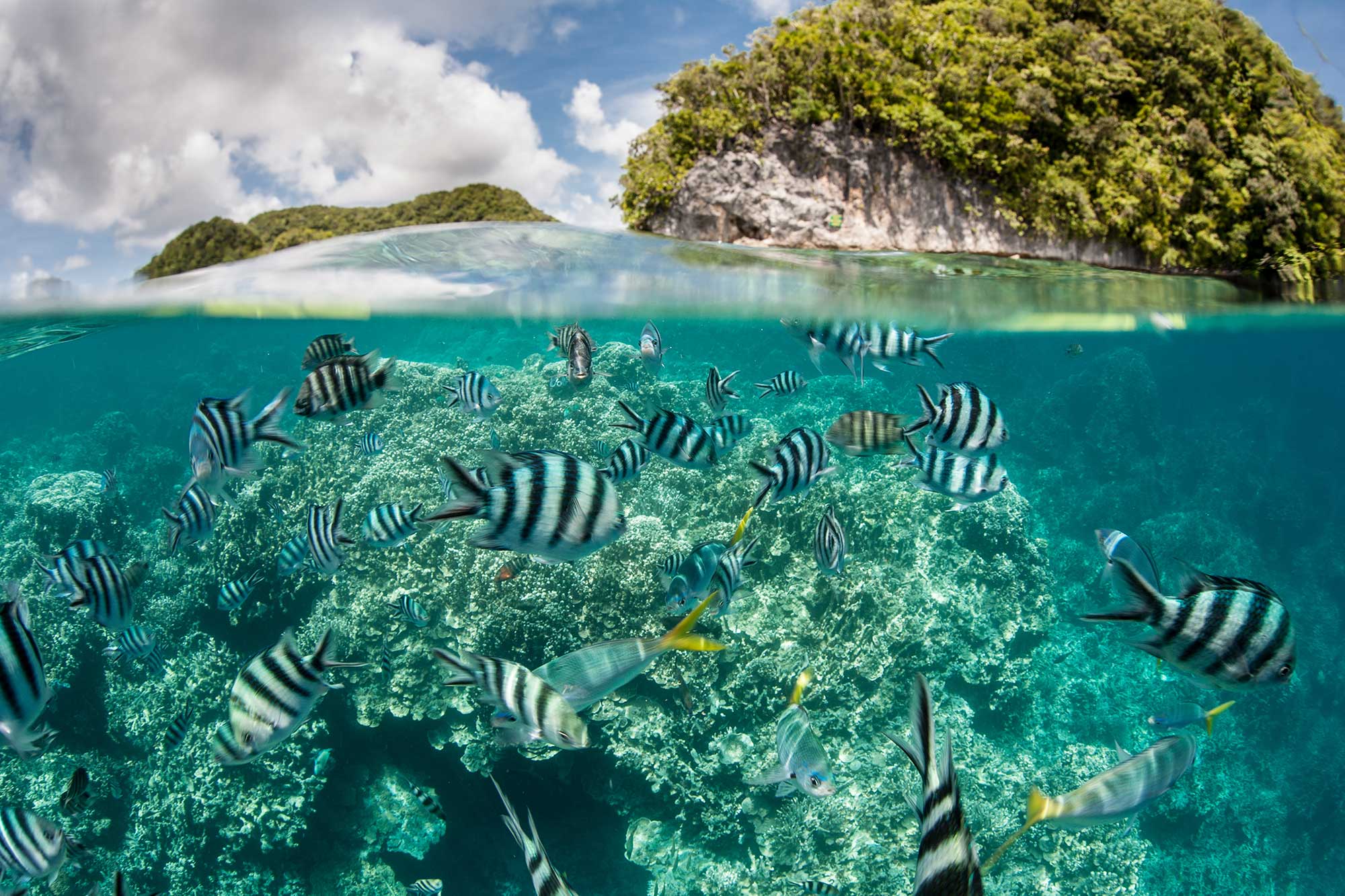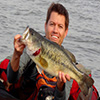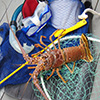
There are many organizations throughout the country dedicated to various aspects of recreational fishing and marine life. However, there are few that hold as much influence as the Coastal Conservation Association (CCA). CCA was created by a group of saltwater anglers with the purpose of advising and educating the public on how to best conserve marine resources. Operating at all levels of government, CCA strives to conserve, enhance and promote both the present and future availability of coastal conservation resources.
CCA Origins
CCA is a nationally-recognized nonprofit that started in 1977 in Texas to combat the commercial overfishing taking place around Texas’s coast. At the time, commercial overfishing had all but destroyed the redfish and speckled trout population in the state. Today, CCA runs coastal chapters in 17 different states that cover the Atlantic seaboard, the Gulf of Mexico and the Pacific Northwest.
Created by 14 anglers who saw a slew of negative trends developing in Texas’s fishing industry, CCA quickly grew to include chapters all across the Gulf Coast. In fact, the CCA’s original name was the Gulf Coast Conservation Association. With some timely funding from Walter Fondren III, co-founder and eventual chairman (the heir to the Humble Oil Company which was eventually bought out by Exxon), the grassroots social movement quickly gained momentum.
Since 1984, CCA has been an active participant in nearly every political battle over marine law. CCA’s reach extends to hundreds of projects across the nation, with the ultimate goal being to preserve the health of the U.S. coasts as well as the entire recreational fishing industry.
Currently, CCA boasts 206 chapters in 17 coastal states with a membership of more than 100,000 individuals heading 80 state and national committees. CCA also has four fishery committees dedicated to all matters concerning fisheries in the country: the Atlantic States Fisheries Committee, the South Atlantic Fisheries Committee, the Gulf of Mexico Fisheries Committee and the Pacific Northwest Fisheries Committee. Add to that more than 900 board members, 150 national board directors and roughly 17 state and national lobbyists, and it’s easy to see why CCA is the largest marine conservation organization in the country.
CCA Goals
Working at the local, state and federal levels, CCA tackles many issues regarding coastal marine life. Specifically, CCA has helped to initiate scientific studies, build artificial reefs and support local marine law enforcement throughout each region. CCA has also funded marine-science scholarships, helped to continuously monitor the quality and quantity of freshwater inflows, and helped to establish the rules and regulations for catching game fish recreationally.
Federally, CCA has also defended the ban of nets for catching marine life, supported pro-fishery legislxation and battled the subjective labeling of certain zones as “no-fishing.”




